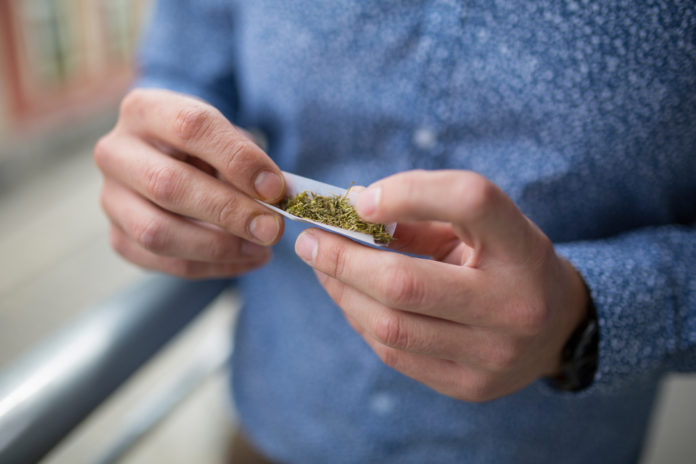The number of Americans that consume marijuana is on the rise.
A new study by The Lancet Psychiatry publication indicates that a decreasing number of Americans hold a negative view on marijuana. The study was complied over a 12 year span ranging from 2002-2004. During this time, 17 states (and Washington D.C.) have passed laws to legalize medical marijuana. The study stopped collecting data just before recreational marijuana passed in Colorado and Washington state.
“Understanding patterns of marijuana use and dependence, and how these have changed over time is essential for policy makers who continue to consider whether and how to modify laws related to marijuana and for health-care practitioners who care for patients using marijuana,” study author Dr. Wilson M. Compton of the National Institute on Drug Abuse.
The study sample consisted of 596,500 adults over the age of 18. Participants answered an annual survey for 12 years. They were asked about whether or not they consumed marijuana, how often, and if it was for recreational or medical purposes.
The results of the study highlighted an increase in marijuana use. In 2002, 10.4% of participants reported consuming marijuana in the previous year. In 2014, that number rose to 13.3%. Overall, the number of Americans consuming marijuana rose from 21.9 million in 2002 to 31.9 million in 2014. Daily users increased from 3.9 million to 8.4 million during the same time period.
“This translates to a more than doubling of the number of adults using marijuana daily or near daily,” Compton told CBS News.
Approximately 50 percent of Americans thought smoking marijuana once or twice in a week was a “great risk” in 2002. In 2014, only 33 percent of respondents felt that way. The study noticed an uptick in Americans who consume marijuana starting in 2007. That number has grown steadily since.
Marijuana abuse numbers have remained relatively low. Only 1.5 percent of those who consumed marijuana were considered to be dependent. However, the rate of those consuming marijuana for medical use decreased from 15 percent to 11 percent over the course of the study.
While the low rates of abuse are encouraging, Professor Wayne Hall of the University of Queensland in Australia urged further analysis of marijuana consumption data. “It is probably too soon to draw conclusions about the effects of these legal changes on rates of cannabis use and cannabis related harms, but it is likely that these policy changes will increase the prevalence and frequency of cannabis use and, potentially, cannabis use disorders in the longer term,” he said in response to the study.












